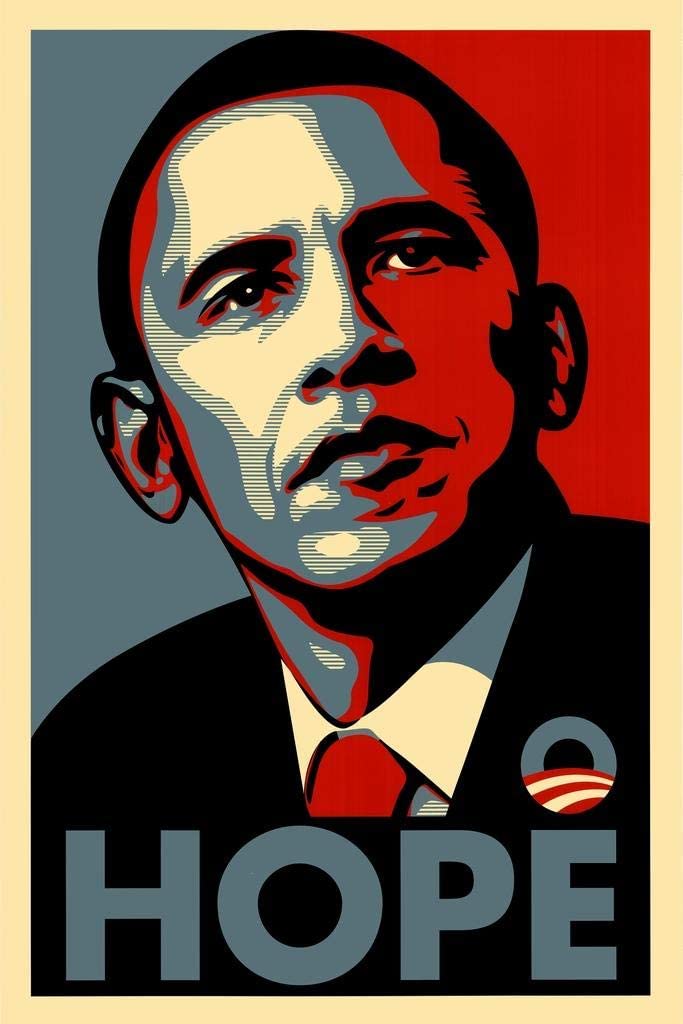After reading the AIGA Design and Business Ethics Handbook, I have realized that business ethics and integrity are the primary keys to success. Business ethics is not just a concept or theme that should be limited to the boundaries of a company. Besides, it is based on the spirit of respect for clients, designers, audiences, and even surrounding.
In the chapter of the client guide to design, which emphasizes that seekers need to understand the situation with the company if they want to join before hiring in order to provide the best design to the company. Before I applied for the job in one of the offices for Institutional Effectiveness at Brooklyn College, I did research and got the information on their website to understand their culture and branding. I think that might be a comfort zone for me because of a position that is related to the creative field. While I join their team, I have learned the office’s design direction, the designs they may like, and culture which helps me to struggle out more ideas for this company. In this process, we need to be informed of the client’s demands that are conducive to gain recognition from clients. In addition, the guide also mentions that the design brief plays an important role for designers because of the clarity it provides designers to understand more about the client’s goals and objectives for the project. During the work, my supervisor will clearly explain the demands of clients which improve the efficiency of collaboration between the two parties.
Copyrightable is an important part of intellectual property, and it is an indispensable legal system in the development of modern society. Anyone who infringes upon that right must be legally responsible for this behavior. As a designer, if you are representing a corporation or institution, this behavior which the corporation involved suffers to its reputation. As I am working at Brooklyn College, I will search for other designer’s work which explores my brainstorm to develop my work instead of stealing other designer’s design ideas because this is the most common respect for the designers and their works. The AIGA Design and Business Ethics Handbook that makes me learn a lot after I read.
Barack Obama was officially announced as the new president of the United States on January 20, 2009. The most impressive poster at that time was the work “HOPE” by street artist Shepard Fairey. He reinterpreted the portrait of Obama in Pop style, with the word “hope” written below. He used Photoshop and Illustrator to make significant revisions of this photography, and finally created the hope poster. This work became the most important propaganda tool in this election. However, commentators began to speculate on the source of photos used by Fairey as a reference. In fact, the source of the photographs was taken by Garcia at the Darfur event and he transmitted to “The Associated Press” (AP). Later, the AP contacted Fairey ’s office and demanded. After reading this article, I have learned that copyrightable strengthens the protection of the owner and clarifies the relationship between the designer and the user. In particular, copyrightable is to protect the legal rights of copyright owners when these works are infringed. As I am working at Brooklyn College, the awareness of copyright has gradually increased. When we participate in a design project, our work, and ethics do not allow us to steal other people’s designs, which is illegal and influences careers in the future.




